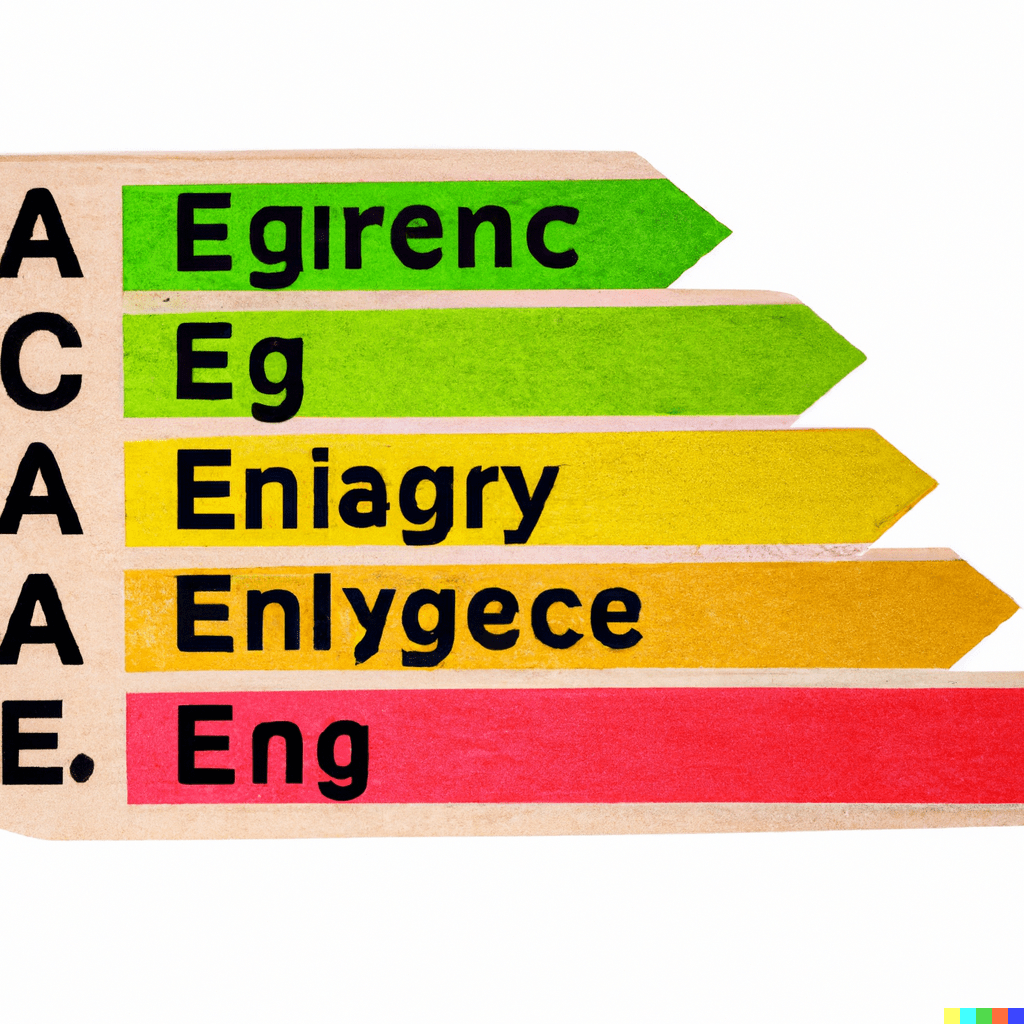Steps to take to make your house energy efficient

here are several steps that homeowners can take to make their houses more energy efficient, reduce their carbon footprint, and save money on energy bills. These steps range from simple and inexpensive changes to more extensive and costly upgrades, but all can have a significant impact on energy consumption and efficiency.
- Upgrade your insulation: Insulation is one of the most important factors in energy efficiency, as it helps to keep heat inside in the winter and outside in the summer. Adding insulation to your walls, attic, and floors can significantly reduce energy consumption and save money on heating and cooling costs.
- Seal air leaks: Air leaks around windows, doors, and other openings can cause drafts and let in outside air, which can significantly reduce energy efficiency. Sealing these leaks with weather stripping or caulking can help keep your home more comfortable and reduce energy consumption.
- Install energy-efficient windows: Windows can be a major source of heat loss in the winter and heat gain in the summer. Installing energy-efficient windows with double or triple panes, low-emissivity coatings, and gas fills can significantly improve energy efficiency and reduce heating and cooling costs.
- Upgrade to energy-efficient appliances: Appliances such as refrigerators, dishwashers, and washing machines can account for a significant portion of household energy use. Upgrading to energy-efficient models can reduce energy consumption and save money on utility bills.
- Install energy-efficient lighting: Lighting can also account for a significant portion of household energy use. Installing energy-efficient LED or CFL bulbs can reduce energy consumption and save money on lighting costs.
- Use a programmable thermostat: A programmable thermostat can help regulate temperature settings and reduce energy consumption when you are not at home or asleep. This can significantly reduce heating and cooling costs and improve energy efficiency.
- Use renewable energy sources: Installing solar panels or other renewable energy systems can provide a clean and renewable source of energy for your home, reducing dependence on fossil fuels and saving money on energy bills.
- Plant trees or install shading devices: Trees and shading devices such as awnings or blinds can help block sunlight in the summer and provide insulation in the winter, reducing energy consumption and improving energy efficiency.
- Reduce water usage: Reducing water usage can also help improve energy efficiency, as less energy is needed to heat water. Installing low-flow showerheads and faucets, fixing leaks, and using water-efficient appliances can all help reduce water usage and improve energy efficiency.
- Conduct an energy audit: A professional energy audit can identify areas of energy waste and recommend cost-effective solutions for improving energy efficiency. This can be a valuable investment in reducing energy consumption and saving money on utility bills.
In summary, there are many steps that homeowners can take to make their houses more energy efficient, reduce their carbon footprint, and save money on energy bills. These steps range from simple and inexpensive changes to more extensive and costly upgrades, but all can have a significant impact on energy consumption and efficiency. By taking these steps, homeowners can help reduce their impact on the environment and save money in the long run